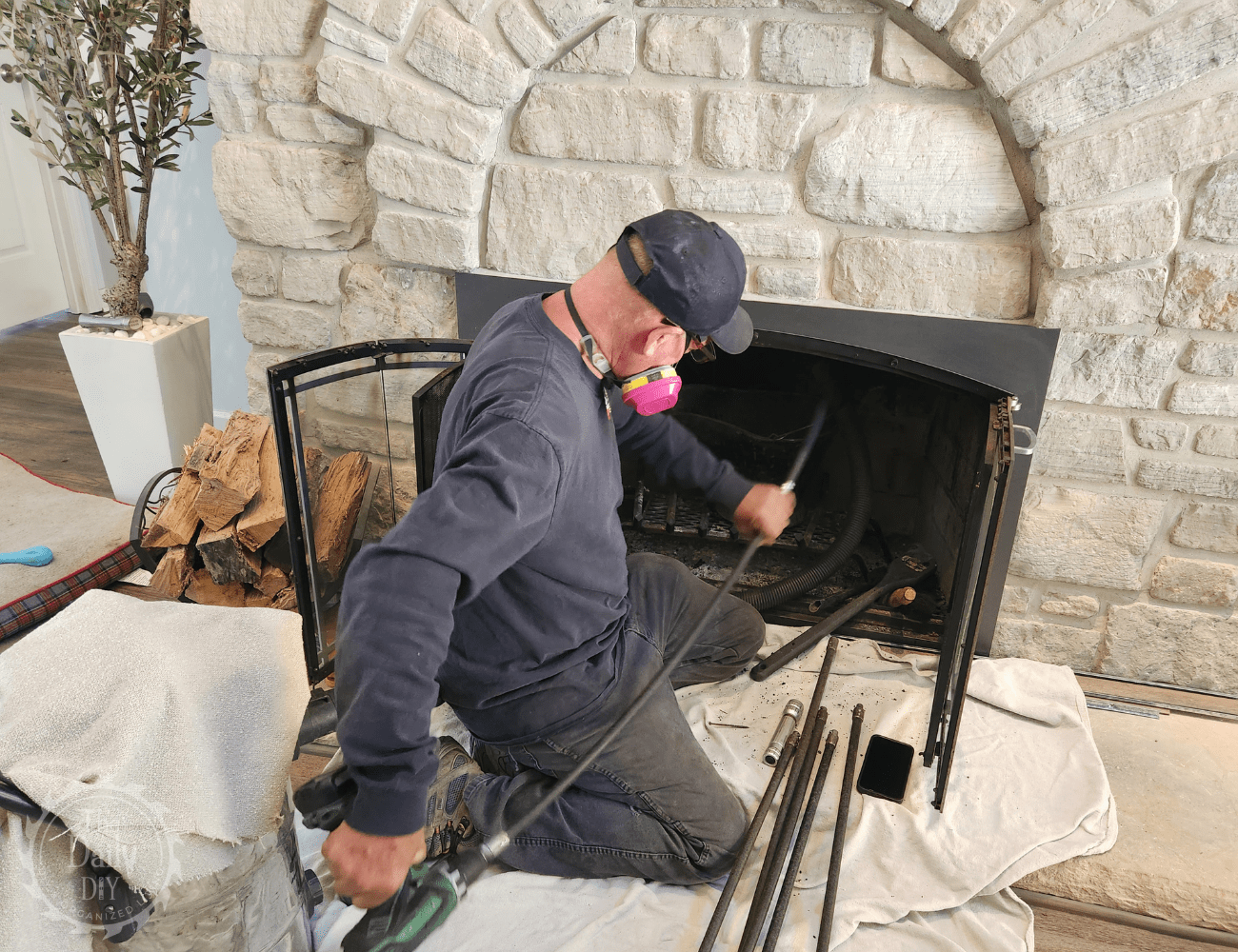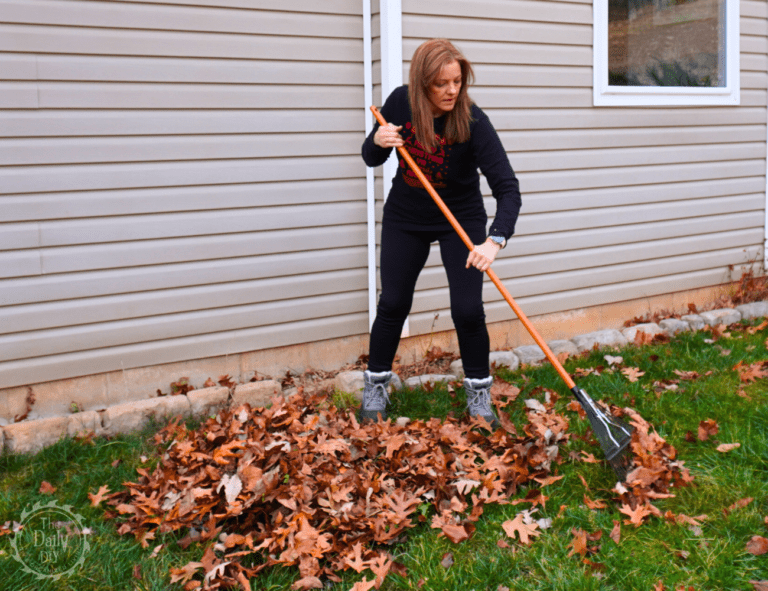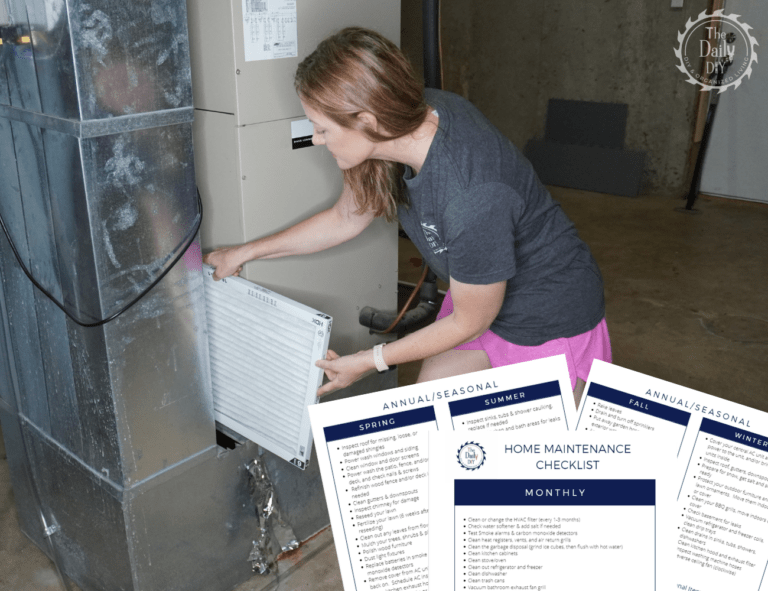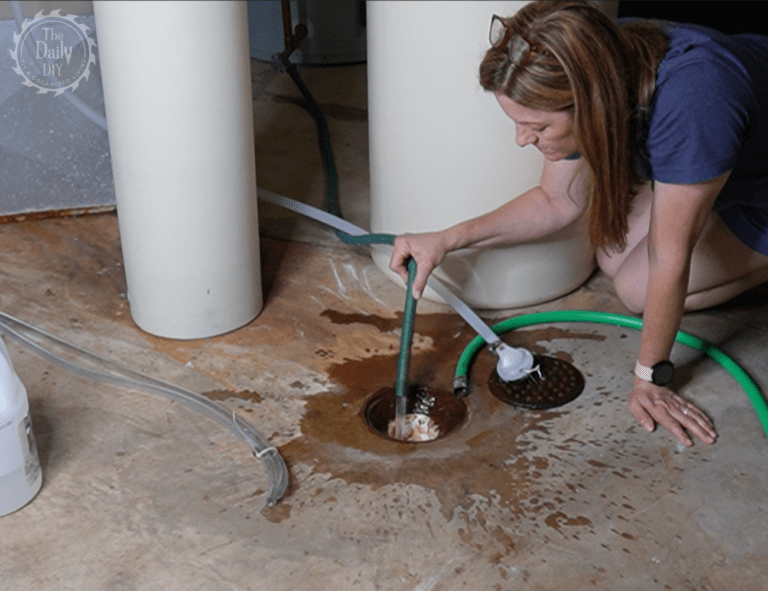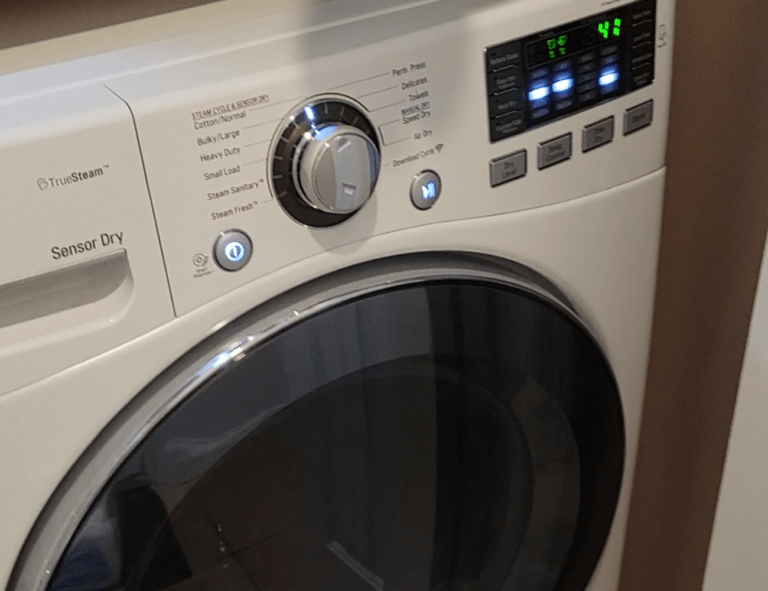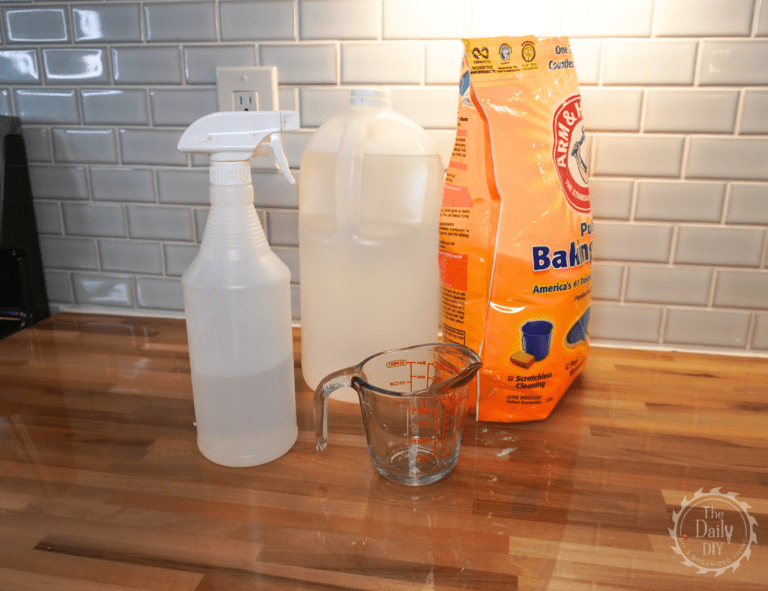Don’t Skip Your Fireplace Cleaning This Year
Many of us are preparing our homes for cold weather. That means it’s time to break out the winter coats, boots, and gloves. As well as ensure the furnace is in good working order. With inflation at an all time high, many homeowners may be looking to skip a few home maintenance items to save money. While some things may be fine to wait until next year to do, you’ll want to ensure you do the things that keep you safe. Fireplace cleaning should be at the top of that list.
Why Clean Your Fireplace?
When burning logs in your wood burning fireplace, soot builds up in the chimney. As well as creosote, which is an oily residue that is thick and sticks to the walls of the chimney. These are byproducts of combustion that is formed from the fires.
More creosote and soot builds up in your chimney with each fire that you burn. Over time, this build up collects and thickens. A chimney fire can happen with as little as 1/8″ of creosote build up.
Since chimneys are designed to contain the smoke, they can easily catch on fire if enough of the creosote is present and your fire burns high enough and hot enough.
But creosote isn’t the only thing that can cause a chimney fire. Nests from birds or other pets, as well as other blockages like leaves and debris can also ignite causing a fire. That’s why it’s always a good idea to hire a chimney sweep, or do it yourself, at the beginning of your fire burning season. To clear any blockages that developed during the off season before you begin building winter fires.
For more information on chimney fires and chimney safety, visit the Chimney Safety Institute Of America.
Do Fireplace Cleaning Logs Really Work?
According to the owner of Scott’s Chimney Service that cleans my fireplace annually, as well as the Chimney Safety Institute Of America, they do not work. The chimney sweeping logs do burn off a chemical that changes the creosote a bit, and can cause some to flake off. But they do not do enough to thoroughly clean the chimney or flue.
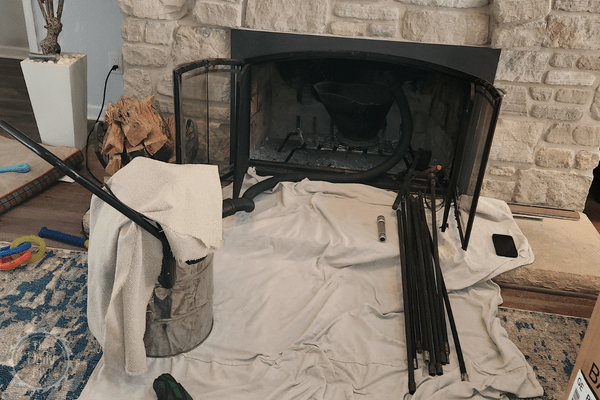
How To Clean Your Fireplace
It is recommended that you clean your fireplace at least once per year, preferably at the start of your wood burning season. You can purchase the tools needed to clean your own fireplace, or you can hire a professional chimney sweep. If you choose to DIY it, be careful. It’s easy to underestimate the length of your chimney, apply too much upward force, and knock loose your chimney cap.
Plus, you will need a special vacuum with a hepa filter designed specifically for fireplace ash. A regular shop vac cannot filter out the fine ash particles and will blow it right back into the room.
Step 1
Whether you have a stone or brick firebox, you can do a DIY cleaning of that part using a creosote remover cleaner. Then, use a special glass cleaner that’s designed to break down soot and creosote fast.
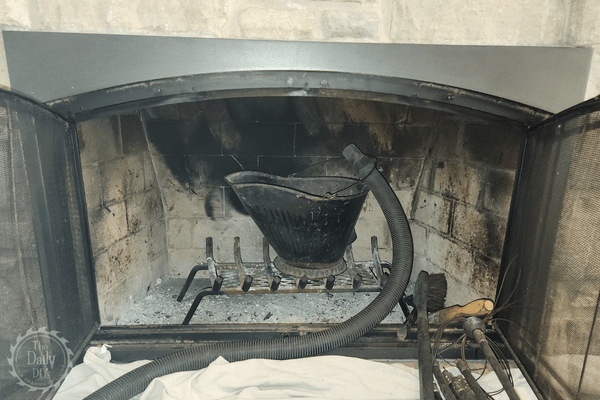
Step 2
To clean the flue, put down a drop cloth over the fireplace hearth, as this will be messy. Place an ash bucket in the center of the firebox. Then, turn the vacuum on and rest the hose on top of the ash bucket. Using a chimney sweep kit, assemble the nylon rods and the brush head. Attach the rods to an electric drill. While rotating the drill, begin to feed the brush head up the chimney. Use a sweeping motion to go back and forth from each side of the chimney. Keep attaching another nylon rod to extend the length of the brush head. Once you’ve reached the top of the chimney cap, work your way back down. Continue to rotate the drill, and sweep side to side, as you come back down.
Once you’re finished, take the vacuum hose and vacuum the smoke shelf. The smoke shelf is located just above the firebox. A lot of soot and creosote that you knock down with the cleaning will land here. Finally, vacuum the inside of the firebox.
The chimney sweep kit can be used in a fireplace or wood burning stove.
Inspect Your Fireplace
Be sure to add an inspection to your annual fireplace cleaning as part of your routine home maintenance. You’ll want to address any repairs needed right away.
Grab your free copy of the Home Maintenance Checklist for a reminder for this, and everything else you should do to keep your home running smoothly.

